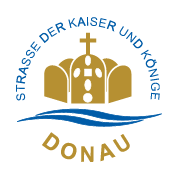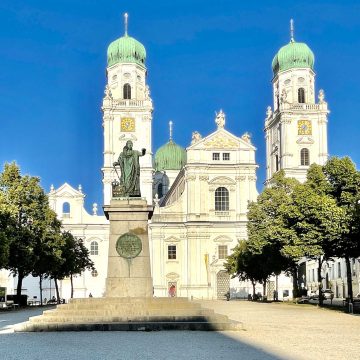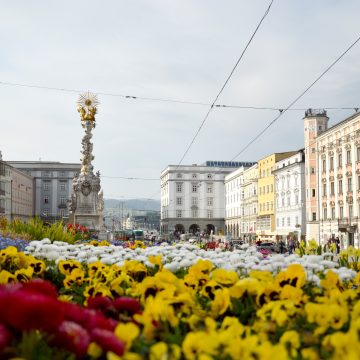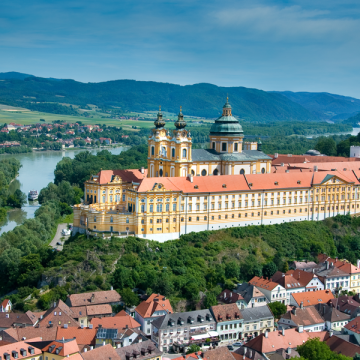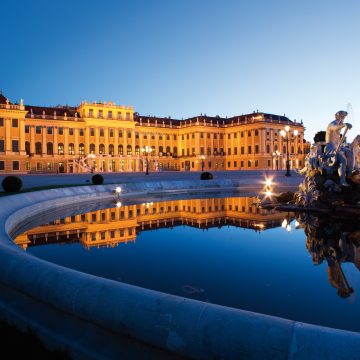Baroque voyage of discovery
A baroque journey of discovery along the Danube
Welcome to a journey of discovery along the Danube! The Danube, one of the longest rivers in Europe, offers breathtaking scenery and a multitude of historic towns and cultural treasures. The Baroque period in particular has left its mark on this region and offers visitors a wealth of magnificent buildings and churches.
Our journey begins in Regensburgone of the best-preserved medieval cities in Germany. The historic old town of Regensburg was declared a UNESCO World Heritage Site in 2006 and boasts numerous baroque buildings, including St. Emmeram's Church and Thurn und Taxis Palace.
St. Emmeram Palace, the residence of the princely Thurn and Taxis family, is located to the south of Regensburg's old town. With well over 500 rooms, it is the largest privately inhabited palace in Germany. The magnificent palace emerged from the extensive building complex of one of the most important Benedictine abbeys in Europe, the Imperial Abbey of St. Emmeram. The oldest parts of the building date back to the 12th century.
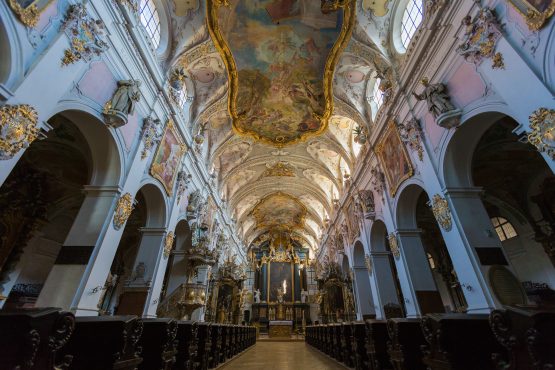
The journey continues to Passauwhere the Danube, Inn and Ilz rivers meet. The city of three rivers is known for its magnificent baroque old town.
After a city fire in the 17th century, Italian master builders created the baroque cityscape that still fascinates visitors from all over the world today. The many churches and monasteries are striking. There are around 50 of them in the city. The diocese of Passau once extended as far as Hungary. A stroll through the alleyways of the old town is like wandering through an open-air museum. But behind the baroque facades, new life is pulsating and Passau is a center for art and culture. Passau offers some enchanting Baroque showpieces, above all the St. Stephen's Cathedral with the largest cathedral organ in the world. The church is a remarkable example of 18th century Baroque architecture and art and is still a landmark of the city today.
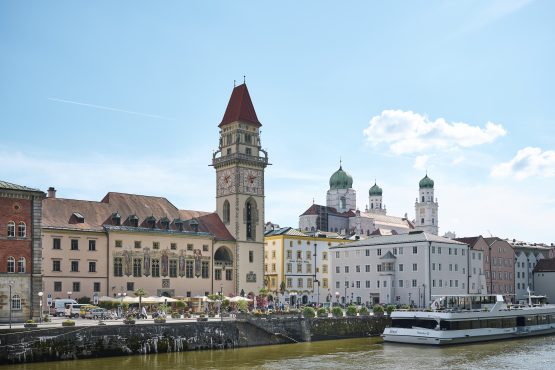
Looking to the future, modern and also with an eventful history, sometimes secluded and at the same time cosmopolitan - that's Linz. There are many ways to get to know the capital of Upper Austria and experience the diversity on the Danube: on a city tour, while exploring the sights, at the countless events or while enjoying culinary highlights.
The city has a rich history and is known for its modern architecture, but also for its baroque churches. Visit St. Martin's Church, the largest baroque church in Austria, or the Baroque Main Square, which is one of the largest enclosed squares in Austria at around 13,200m².
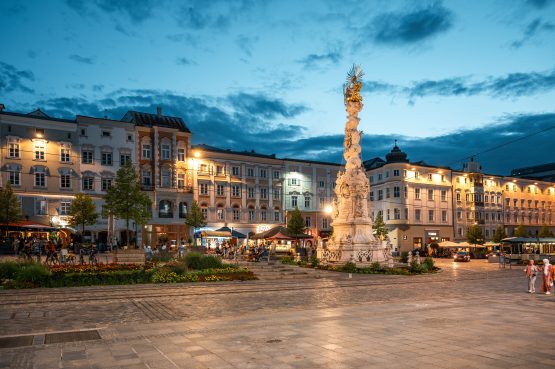
Further downstream we come to Melkwhere we visit the imposing Melk Abbey.
The baroque Benedictine monastery of Melk Abbey is one of the most beautiful and largest unified baroque ensembles in Europe. Its magnificent architecture is known worldwide and is a UNESCO World Heritage Site. The baroque building (1702 - 1739) on a rock above the Danube is one of the most visited art-historical sites in Austria. The Danube landscape of the Wachau and the architecture of Melk Abbey come together here in a unique and perfect way. It is known for its magnificent library, which is decorated with frescoes and stucco work.
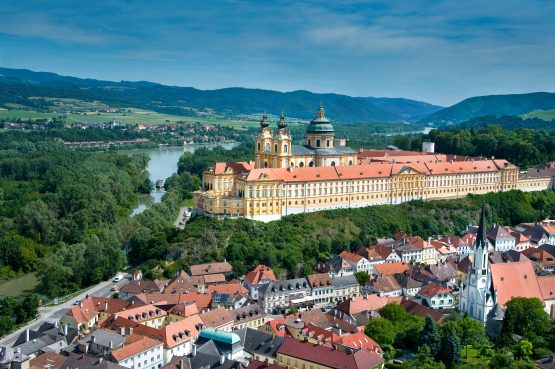
Our next destination is Viennaa city known for its art, culture and history. Vienna was a center of the Baroque period and offers an abundance of buildings and churches that date back to this time, including Belvedere Palace, St. Charles Church and Schönbrunn Palace.
Schönbrunn Palace, a UNESCO World Heritage Site, is Vienna's epicenter of Baroque and Rococo art. Owned by the Habsburgs since 1569, the wife of Emperor Ferdinand II, Eleonore von Gonzaga, had a pleasure palace built on the site in 1642 and named the estate "Schönbrunn" for the first time. The palace and gardens, built after the Turkish siege in 1696, were fundamentally redesigned under Maria Theresa after 1743. The magnificent palace has a total of 1,441 rooms.
Belvedere Palace is another jewel of Vienna's Baroque architecture The summer residence of Prince Eugene of Savoy consists of two palaces designed by Baroque architect Johann Lucas von Hildebrandt. The Belvedere is not only a magnificent Baroque palace, but also houses one of the most valuable art collections in Austria - with major works by Gustav Klimt, Egon Schiele and Oskar Kokoschka.
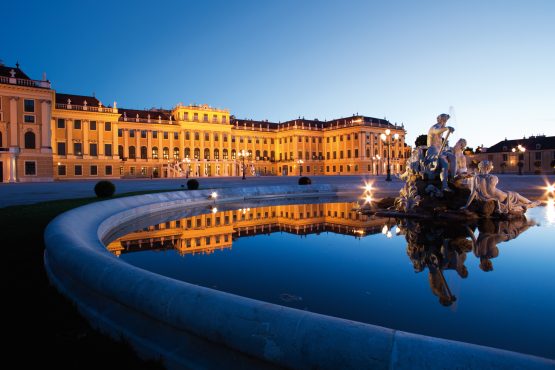
Austria's largest country palace complex is located in the southernmost part of the Weinviertel region, near Bratislava. Prince Eugene of Savoy acquired the castle in 1726 and had it redesigned into a magnificent estate by the famous Baroque architect Lukas von Hildebrand. After lying fallow for many years, this jewel was reopened to visitors in 2005 following a comprehensive general renovation. Today, a unique princely ensemble of magnificent architecture and masterfully designed nature extends over more than 50 hectares. The magnificent imperial apartments are among the most beautiful early classicist banqueting halls in Austria and convey the magic of the imperial era.
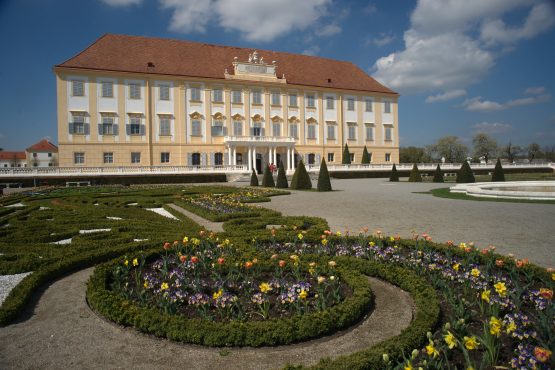
The last stop on our journey of discovery is Budapestthe capital of Hungary. The city offers an abundance of baroque buildings and churches, including St. Anne's Church and Buda Castle. Another highlight is the Fisherman's Bastion, which offers a breathtaking view of the city and the Danube.
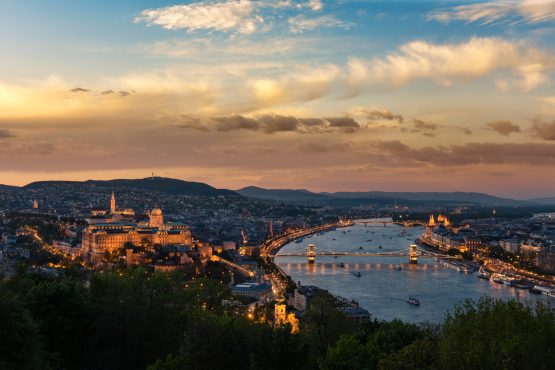
What influences did the Baroque period have on people? The Baroque period (1600 - 1750) was a century characterized by economic, cultural and political changes. It was also a time of great expansion by European powers and colonialism. The Baroque period also saw the beginning of the Enlightenment, in which philosophers discussed ideas about science and religion.
The Baroque period was an exciting time for people. New ideas emerged in the fields of technology and culture. For example, artistic styles such as the Baroque style and musical styles such as Classicism developed. People had more freedom to travel and live as they wished, although there were still a number of social differences and restrictions.
A characteristic feature of the Baroque period is the focus on pomp and splendor - everything had to be impressive and convey wealth and luxury. This is reflected in the ornate buildings and works of art that were created during this period.
Another characteristic of the Baroque period is its religious significance - many artists at the time sought to honor or worship God through their works. For example, artists painted pictures of saints or wrote religious pieces of music. Overall, the Baroque period had many influences on people - both culturally and politically. New art forms, styles of music and literature emerged, as well as innovative ideas about science and religion that have survived to this day.
Cultural event highlights
International Baroque Days Melk Abbey, May 17 - 21, 2024
The International Baroque Festival at Melk Abbey is all about "Secret Messages". From 17-21 May 2024, the festival impresses with a varied and diverse presentation of transformation and mutability: national and international artists present outstanding works by Baroque masters in twelve concerts under the motto "Secret Messages".
St. Pölten Baroque Festival, May 31 - June 9, 2024
As magnificent and diverse as the world of the Baroque is, this year's program is just as varied. The 2024 Year of Culture was the occasion to redesign the Baroque Festival, which has become a fixture of the St. Pölten Festival Summer over the years.
Vienna Baroque Orchestra at the Schönborn-Batthyány Palace
Join the famous 'Vienna Baroque Orchestra' on an unforgettable journey through the most important eras of Austrian music history. Experience the incomparable masterpieces of Vivaldi, Mozart, Donizetti and Tchaikovsky. Performed by virtuoso musicians and excellent opera singers in one of the most beautiful baroque halls in Vienna.
